Affecting up to 9 in 10 women, cellulite might be one of the world’s most common physiological conditions. A prevailing misconception about cellulite is that it’s a side effect of weight gain, but this isn’t necessarily so. It’s a condition that affects people (most typically women) of all body types. And understandably, it’s one of the top things women would like to change about their bodies if they could.
This desire to better control cellulite has led to many technological innovations in recent years, some more effective than others. So let’s review the current cellulite treatment options and examine what we know so far.
What Is Cellulite? And What Can Be Done About It?
Cellulite is caused by a shortening of fibrous tissue cords in the skin. This tightening pushes fatty tissues up to the surface of the skin leading to a dimpling effect. Cellulite tends to appear after a woman has finished puberty, with evidence showing it becomes more common with age. New technological advances are perpetually coming to market to treat cellulite. And with each new advancement, we gain a better understanding of how cellulite treatment works.
Why Does Cellulite Develop? Who Does It Affect?
Cellulite develops as a result of the interaction between fat and the skin’s connective tissue. Connective tissue can be pulled downwards over areas of fat, predominantly around the hips, thighs, and buttocks. The resulting uneven surface is known as cellulite.
Many factors are linked to the likelihood that someone will develop cellulite. Women are far more likely to be affected by the condition than men, although it does not exclusively affect females. Your genes, body fat percentage, and age can also play a role. Other factors, including your diet, level of physical activity, and pregnancy, may also be linked to the development of cellulite.
Anyone can be affected by cellulite — the good news is that there are strategies you can use to reduce its appearance.
What Cellulite Treatments Work?
The first thing to know about cellulite treatments is that what works well for one patient may not be appropriate for another. Your age, weight, pre-existing health conditions and the underlying factors that have caused cellulite to develop will all dictate how effective treatment can be.
Before seeking professional assistance, many patients try to treat their cellulite using topical products, like creams and serums. These can have a limited effect by adding moisture, but they are unlikely to treat the underlying root cause.
Medical procedures, including laser treatment, radio-frequency assisted lipolysis, and acoustic wave therapy, should also be considered. Keep in mind that advancements in medical technology mean that these procedures are not necessarily invasive and won’t always incur lengthy downtime and recovery period.
To learn more about cellulite treatments and their effectiveness, it’s recommended that you speak to a healthcare professional.
Finding the Cellulite Treatment That’s Perfect for You
There is a myriad of choices available if you’re interested in minimising the appearance of cellulite; some of your treatment options include:
- Plus, Bodytite, BodyFx — Minimally & non-invasive procedures
- Laser-assisted liposuction — Minimally invasive laser treatment
- Carboxytherapy — Non-invasive CO2 injections
- Acoustic Wave Therapy — Non-invasive soundwave treatments
- Vacuum Assisted Precise Tissue release — Minimally invasive treatment
- Ultrasonic liposculpting — Minimally invasive treatment
Before you decide what’s right for you, do your research and give the matter some serious consideration. Make sure that you consult with the medical professionals who will be performing your treatments before making any definite decision.
Why? Because differing body types, underlying skin conditions, and the amount of cellulite involved all factor into finding the best solution for you.
Let’s examine some of the more popular cellulite treatments available today.
InMode Cellulite Reduction Treatments
InMode offers a range of non-invasive cellulite treatments without the need for incisions while delivering long-lasting, beautiful results.
InMode’s cellulite treatment options, shown below, work to reduce the appearance of cellulite and skin dimples, as well as slow elasticity loss in love handles, thighs, hips, abdomen and other areas of the body.
BodyTite
The BodyTite minimally-invasive treatment uses RFAL (Radio-Frequency Assisted Lipolysis) and provides internal/external lipolysis (breakdown of fats and lipids by hydrolysis), delivering the same type of results previously only achieved by undergoing more extensive surgical treatments.
Using BodyTite allows your doctor to detach the fibrous bands that surround cellulite, releasing the anchors that cause the pinching and puckering appearance of cellulite.
BodyFX
The BodyFX (and Plus) were developed following the success of the Acquire, Control and Extend technology (A.C.E.). This method targets fat deep within the skin, which provides consistent outcomes with no areas under or over-treated.
BodyFX is a non-invasive body contouring and cellulite treatment. It lets you discover a superior solution to improve the appearance of cellulite, reduce dimpled skin, and treat the loss of elasticity on the abdomen, love handles, hips, thighs and other areas of the body. This is the first and only non-invasive body contouring technology proven in peer-reviewed and published human studies to permanently kill adipose tissue and contract the skin.
FDA-cleared for improving cellulite, BodyFX is a “lunchtime” procedure that helps give you smoother-looking skin with zero downtime. There are over 7 peer-reviewed clinical publications backing it up, making BodyFX well-reviewed by a variety of physicians across the country. In addition, many people combine BodyFX with Plus for its added skin contraction benefits.
Learn more about InMode cellulite reduction procedures or find a doctor near you today.
Other Cellulite Treatments
Acoustic Wave Therapy
In Acoustic Wave Therapy (AWT), sound waves vibrate the connective tissue in the treatment area. AWT seems to improve skin tone and texture with enhanced elasticity, reducing the appearance of cellulite.
A 2017 clinical study that investigated the safety and effectiveness of acoustic wave therapy for body contouring concluded that this technology reduced fat, but the changes were so small that they could have been a statistical error.
Subcision Cellulite Treatments
Subcision treatments involve a dermatologist using a needle to break up the connective bands that lead to cellulite’s dimpling effect. Once this connection breaks, the affected skin can bounce back and smooth itself out.
Patients have reported moderately favourable results with subcision procedures; however, treatments are costly.
Laser Treatments
There are several different laser cellulite treatment options available for addressing cellulite issues. One of the most common, Cellulaze, involves putting a laser under your skin to break up the tough bands that cause cellulite dimpling.
This treatment, among others (see below), also promotes thicker skin. This is important because a major factor in cellulite is the thinning of the skin, leading to easier dimpling. Stimulating collagen and elastin production in the treatment area helps improve the skin’s appearance.
Initial research indicates that laser cellulite treatments may be effective in reducing the appearance of cellulite. However, the more effective methods are extremely expensive and can still be quite invasive, requiring more recovery time than other cellulite treatment options.
Other Laser Cellulite Treatments
In addition to the Cellulaze laser cellulite treatment techniques, there are also non-invasive laser treatments, such as Zerona, designed to help minimise fat. In these treatments, low-level lasers are focused on the skin, and the heat generated melts fat cells. The body then eliminates the fat naturally.
While the testimonials for these products claim significant fat reductions, we mustn’t confuse fat and cellulite. Regrettably, non-invasive laser treatments do nothing to break up the fibrous tissues that cause cellulite.
Carboxytherapy
In carboxytherapy, carbon dioxide (CO2) gas is injected under the skin. The idea is that the gas will destroy fat cells, improve blood flow, and bolster the skin’s elasticity. It’s also a popular treatment for stretch marks.
But does it work? Well, the jury’s still out. Studies show that patients may see less cellulite using this technique. In a study where 10 patients had 8 carboxytherapy sessions, the researchers documented a slight decrease in the appearance of cellulite.
Side effects of this treatment could include in-session discomfort and bruising.
Vacuum-Assisted Precise Tissue Release Cellulite Treatments
Think of this procedure as subcision, but with extra cutting power. Instead of using a needle, this technique uses a device that cuts through the tough bands with small blades and then suctions the skin into the dimpled areas.
In a recent study, some patients have shown improved results for up to 3 years. The downsides include cost, as treatments can range into the thousands and long recovery times.
Ionithermie Cellulite Treatments
Performed by a technician in a spa, Ionithermie cellulite reduction treatments involve an eclectic mix of ingredients. First, the treatment area is covered in clay, algae, or a mix of the two. Electrodes are then attached, and the area is wrapped in plastic. Once the treatment begins, the technician leaves the room.
During the procedure, a mild electric current is administered. Some report pain and unpleasantness at this stage. The goal of the treatment is to reduce the size of the entire area being treated, possibly leading to the diminished appearance of cellulite.
No independent studies on Ionithermie have been published, leaving the effectiveness of the procedure unknown. Some report feeling more toned, but their cellulite is still visible. Others report no difference. Those that notice results say they only last 12–18 hours.
Endermologie Cellulite Treatments
Endermologie is a spa treatment with a device that lifts your skin up using a vacuum and gives your tissue a deep massage. Sessions usually take about 45 minutes. Patients report that it takes a number of treatments to see results.
So far, studies of Endermologie are inconclusive. One saw no difference between the group getting the treatment and the control group. Another only saw a temporary reduction.
Evidence suggests that if it works for you, ongoing procedures are necessary for lasting results. Patients tend to notice cellulite returning within a month when they stop treatment.
Ultrasonic Liposculpting
Ultrasound has been around as an imaging technology for decades. Now it’s being used as a non-invasive technique to reduce fat.
Ultrasonic liposculpting is a relatively new procedure, and it’s too early to tell how effective it will prove to be. Currently, there’s no evidence to suggest it can reduce cellulite on its own. It may be able to help reduce the appearance of cellulite if used in tandem with another cellulite treatment, but more studies are needed.
Laser-Assisted Liposuction
This technique combines traditional liposuction with the addition of a laser. But where the laser treatments mentioned above are minimally invasive, liposuction is not. This invasive approach usually requires general anesthesia and a long recovery time.
Liposuction is proven to work well on small amounts of fatty tissue, but it’s typically not recommended for treating cellulite. In fact, it sometimes amplifies dimpling.
Whether adding a laser to this process will help treat cellulite remains to be seen. Laser-assisted liposuction is relatively new, and its effectiveness still needs to be tested.
Cryolipolysis Cellulite Treatments
This procedure puts a whole new spin on freezing your body parts off. This minimally-invasive technique literally freezes fat before vacuuming it out from your body.
But while studies show cryolipolysis is very effective at getting rid of unwanted fat deposits, it does nothing to help tighten the skin or break up the fibrous material that leads to cellulite.
Non-invasive Cryo Techniques
As with laser treatments, cryo also has some non-invasive options. These techniques involve destroying fat cells by freezing them through the skin. However, like cryolipolysis, non-invasive cryo only reduces fat and can’t break down the fibrous tissue responsible for dimpling.
Mesotherapy Cellulite Treatments
In mesotherapy, several injections are made in the treatment area. The injected substance can vary and may include anything from caffeine and herbal extracts to enzymes and hormones. The exact recipe depends on the practitioner, making it that much harder to tell if it’s effective or safe.
There’s little evidence to suggest these treatments work. Side effects reported include:
- redness
- swelling
- tenderness under the skin
- infection
- allergic reaction
- skin changes
Radiofrequency Assisted Lipolysis
One minimally invasive cellulite reduction treatment gaining in popularity is radiofrequency-assisted lipolysis (RFAL). The technique varies depending on the device being used, but all combine radiofrequency energy with suction to melt fat and remove it. Some also add laser or massage elements into the mix.
Some temporary after-treatment bruising is common with RFAL.
Learn More About Cellulite Treatments With InMode
As you can see, there are many different cellulite treatment procedures to consider, so do your homework, talk to friends and family and make a choice that’s best suited to your individual body type and desired results.
If you have any questions about reducing cellulite with the latest medical technology, visit our Find a Physician page to find a clinic using InMode’s cellulite reduction treatments near you today.





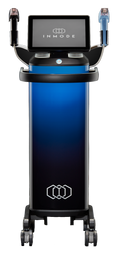
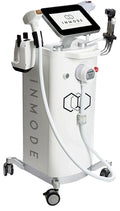


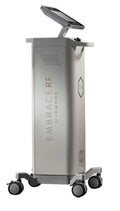
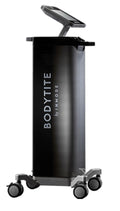

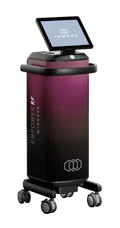
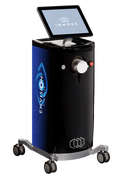


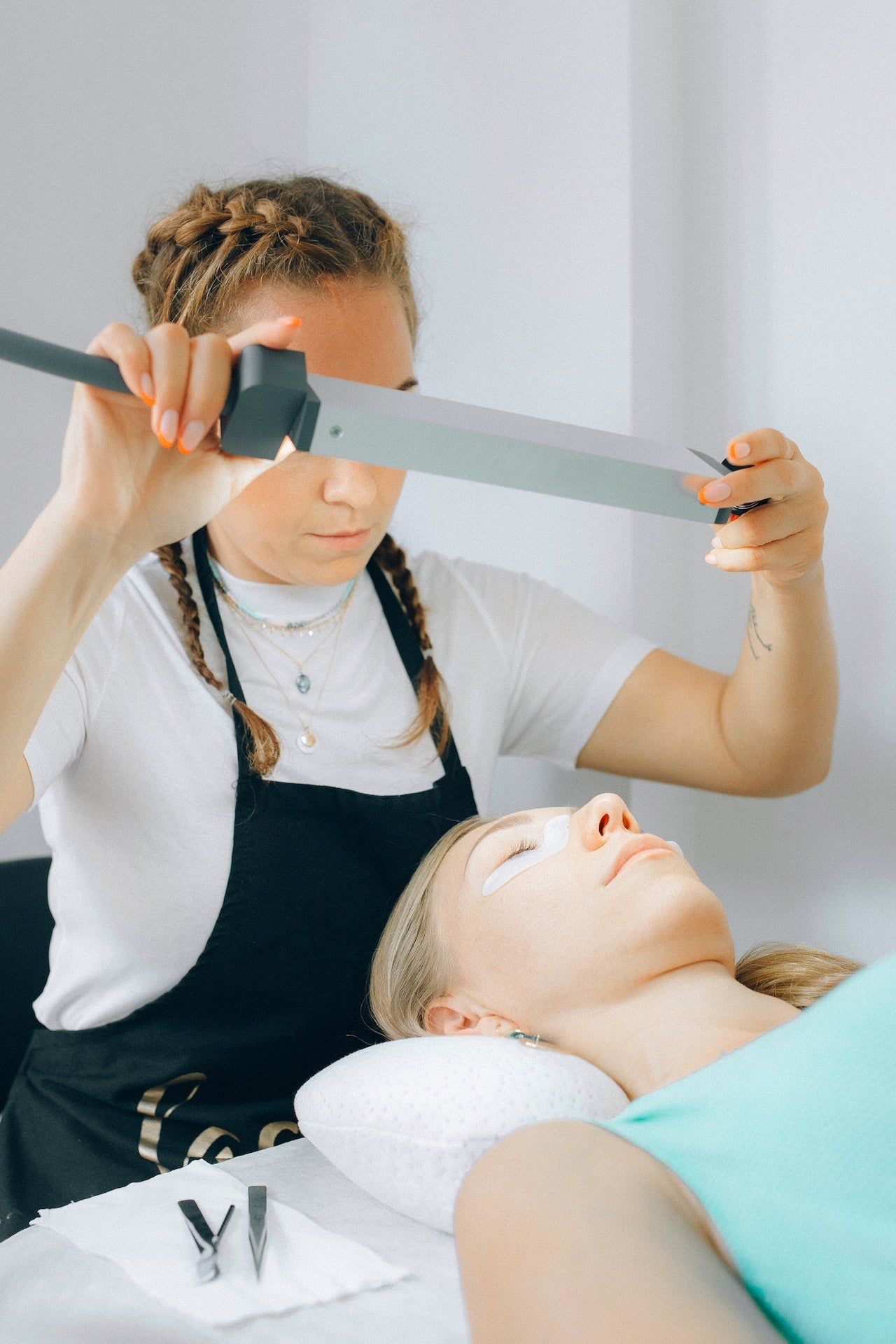

Leave a comment
All comments are moderated before being published.
This site is protected by hCaptcha and the hCaptcha Privacy Policy and Terms of Service apply.